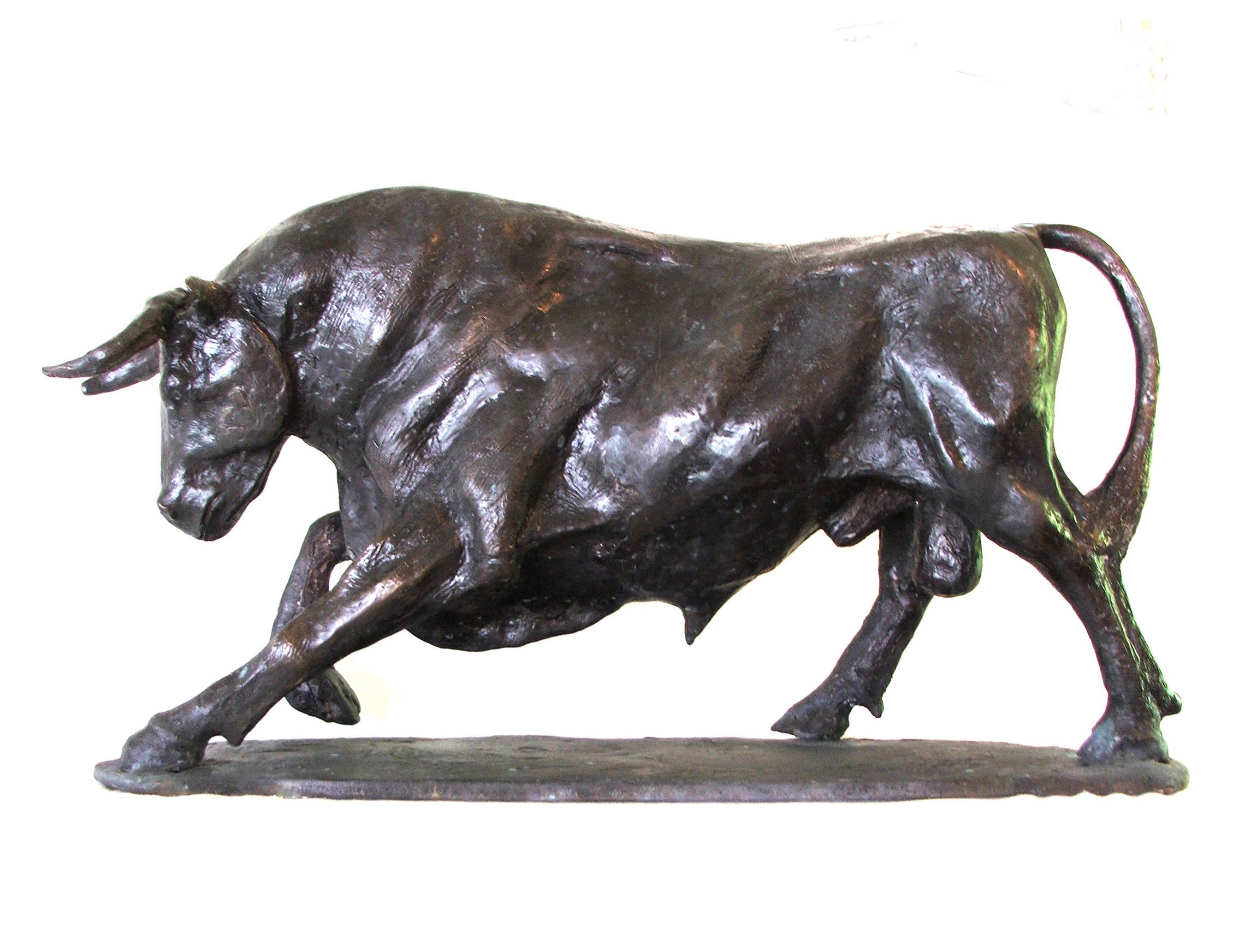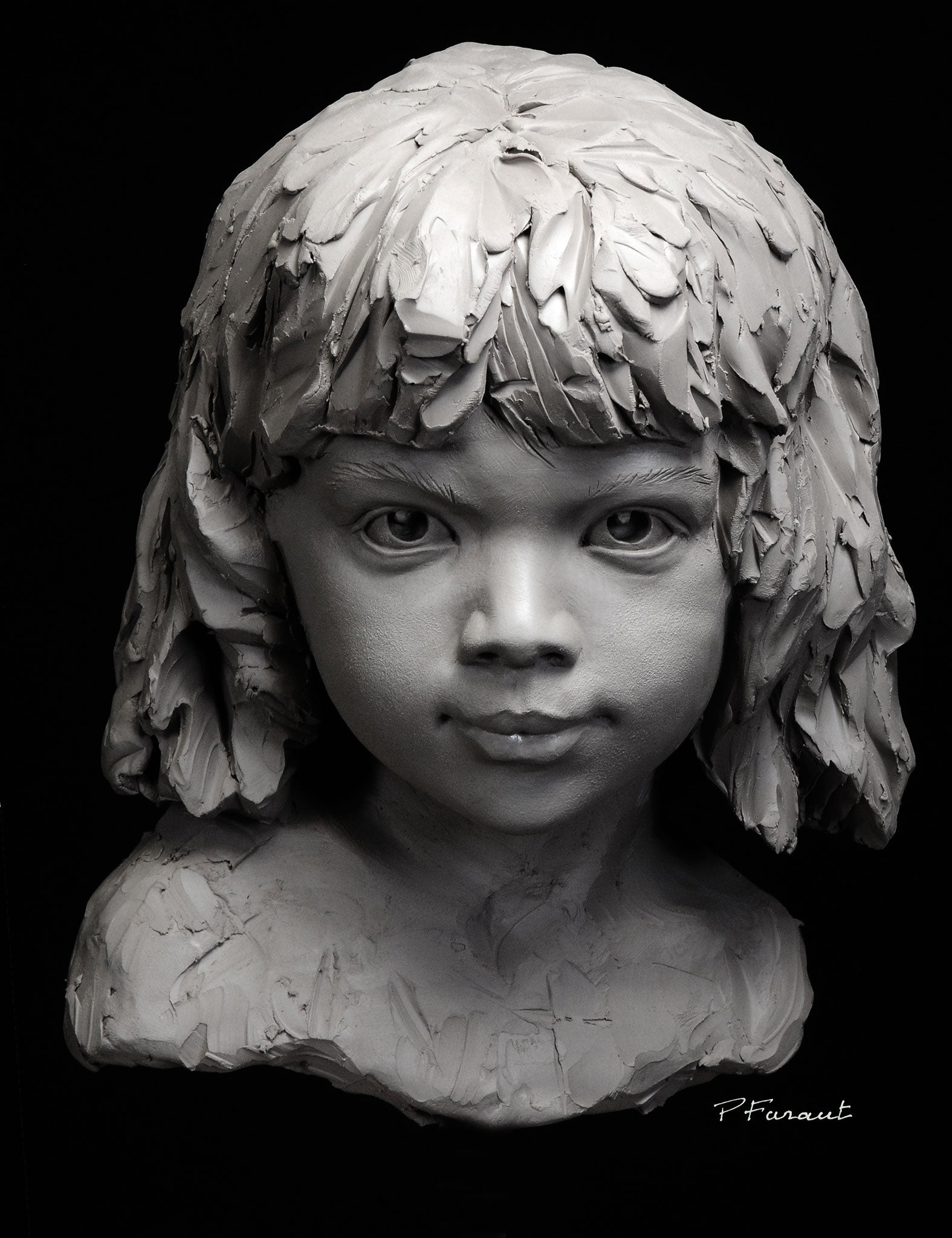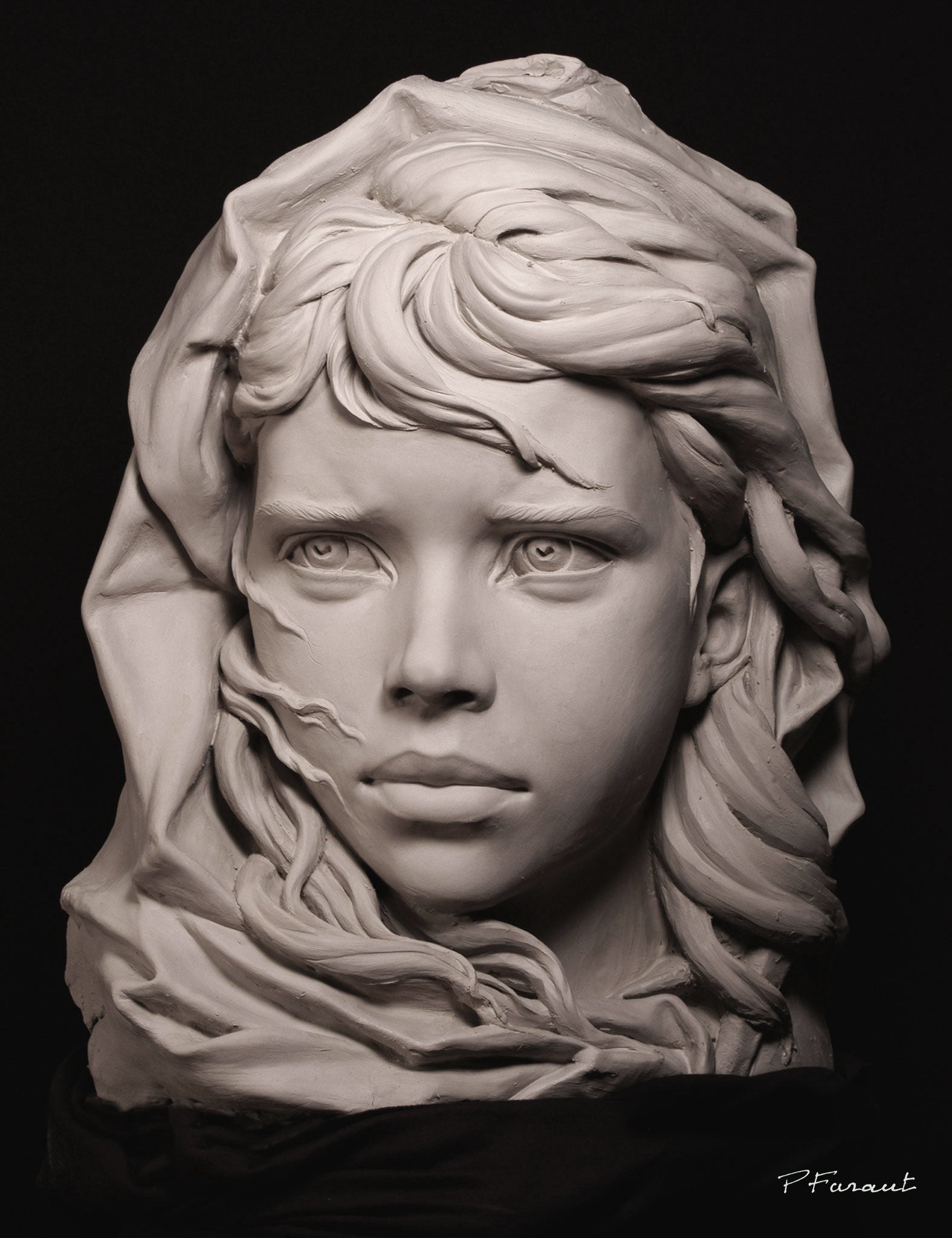The Evolution of Sculptures: From Ancient to Modern
The Development of Sculptures: From Ancient to Modern. Bronze Sculptures.
Sculpture, among the earliest kinds of art, has been an indispensable part of human people for centuries. From the old human beings of Egypt and Greece to the contemporary age, sculptures have actually evolved, showing modifications in imaginative methods, products, and social influences. This trip through time traces the advancement of sculptures, exploring the changes in style, subject matter, and creative expression.
Beginning with the ancient world, sculptures crafted from stone and later on bronze recorded the significance of deities, rulers, and everyday life. The Renaissance period witnessed a rebirth of classic sculpting methods, as artists looked for to replicate the stylish kinds of ancient Greek and Roman sculptures (Robert C Hitchcock Sculptor). In the modern-day era, artists tested conventional borders, accepting abstraction and experimentation with brand-new products
This exploration will look into the diverse development of sculptures, revealing the rich tapestry of imaginative expression throughout different durations and cultures.

Ancient Sculptures: From Stone to Bronze
Old sculptures transitioned from being carved out of stone to being cast in bronze. Rock sculptures, while excellent in their very own right, were restricted by the nature of the product. Bronze Sculptures.
The intro of bronze as a tool for sculptures caused a revolution in artistic expression. Bronze supplied artists the opportunity to produce elaborate and lifelike types that were not feasible with stone. The procedure of casting bronze permitted the creation of numerous duplicates of a sculpture, allowing wider circulation and preservation of these imaginative masterpieces.
The shift from stone to bronze additionally saw a change in the subject matter of sculptures. While stone sculptures predominantly illustrated gods, goddesses, and mythological numbers, bronze sculptures began to mirror a broader variety of subjects, consisting of daily individuals and pets. This growth of topic showcased the convenience and versatility of the bronze medium.
Renaissance Resurgence: Forming in the Timeless Design
The Renaissance resurgence of sculpture witnessed a rebirth in the timeless style, structure upon the innovations made during the change from rock to bronze in ancient sculptures. Throughout this period, artists looked for to recreate the classic visual and perfects of beauty that prevailed in old Greek and Roman sculptures.
One of the vital attributes of the Renaissance resurgence was the emphasis on naturalism and the human kind. Artists like Donatello and Michelangelo make every effort to capture the anatomical information and expressions of their subjects with unprecedented accuracy. They studied the body and incorporated their monitorings right into their sculptures, causing lifelike and reasonable depictions.
One more crucial element of the Renaissance resurgence was the exploration of point of view and deepness. Artists utilized techniques such as contrapposto, where the weight of the body is shifted to one side, developing a feeling of motion and dynamism. They likewise trying out different materials, consisting of marble and bronze, to accomplish a degree of sophistication and ins and out in their sculptures.

Modernism and the Avant-Garde: Breaking Traditional Limits
During the Innovation and Avant-Garde activities, carvers pushed the boundaries of standard artistic conventions. This period, which arised in the late 19th and early 20th centuries, saw a significant change in the means artists came close to sculpture. Declining the concept of art as simple replica, modernist carvers sought to explore new kinds, products, and ideas.
One of the key attributes of modernist sculpture was the focus on abstraction. Artists moved away from realistic depictions and instead concentrated on capturing the significance of the subject via streamlined types and geometric forms. This departure from traditional depiction permitted musicians to reveal their feelings and ideas in a much more individual and subjective manner.

Contemporary Sculptures: Discovering New Materials and Concepts
With an emphasis on exploring brand-new materials and ideas, modern sculptures have actually reinvented the field of art. Artists today are pressing the boundaries of conventional sculpture by trying out and utilizing innovative materials with abstract concepts. These sculptures challenge conventional concepts of type, materiality, and meaning, inviting visitors to participate in a provocative and brand-new creative experience.
Contemporary artists are accepting a large variety of products, including plastic, glass, metal, and also raw material. They are not restricted to the traditional medium of rock or clay, permitting better freedom of speech and testing. This change towards non-traditional products has opened new opportunities for artists to develop sculptures that are dynamic, interactive, and visually striking.
In addition to checking out brand-new products, modern sculptures additionally dig into facility and abstract ideas. Musicians are now checking out themes such as identification, social issues, and the atmosphere, using sculpture as an effective medium for social discourse and self-questioning. These sculptures challenge viewers to believe seriously and involve with art on a much deeper level, sparking discussions and provoking psychological feedbacks.
International Influences: Sculptural Customs From Around The Globe
Sculptural customs from numerous areas of the world have actually significantly formed the advancement of sculptures throughout background. The international impacts on sculpture have actually been diverse and have actually added to the splendor and selection of artistic expressions. From the ancient people of Egypt, Greece, and Rome to the elaborate carvings of Asian societies, each area has developed its special sculptural customs that have actually affected musicians throughout time.
In ancient Egypt, sculptures were developed primarily for funerary and religious objectives. The iconic sculptures of gods and pharaohs, such as the Great Sphinx and the bust of Queen Nefertiti, showcase the Egyptians' proficiency of rock sculpting and their belief in the immortality.

In old Rome, sculpture offered both political and imaginative objectives. Roman sculptures often depicted emperors, generals, and mythological figures, mirroring the power and majesty of the empire. The marble sculpture of Augustus of Prima Porta and the significant Arc of Constantine are significant examples of Roman sculptural success.
Eastern sculptural traditions, particularly in India, China, and Japan, have also had a profound effect on the advancement of sculptures. Japanese sculptures, influenced by Buddhism, stress simplicity and tranquility, seen in the serene statues of Buddha and the elegant art of bonsai.
The global influences on sculpture proceed to advance in the contemporary period. As we look to the future, it is specific that the international impacts on sculpture will proceed to shape and redefine this ancient art form.
Verdict
Finally, the advancement of sculptures has seen a change from ancient stone and bronze works to the classical rebirth during the Renaissance. This was complied with by the splitting of traditional borders through innovation and the avant-garde movement. Today, modern sculptures explore brand-new products and concepts, while also attracting motivation from worldwide sculptural traditions. The trip of sculptures reflects the ever-changing imaginative expressions and cultural influences throughout background.
From the ancient worlds of Egypt and Greece to the modern-day era, sculptures have developed, mirroring changes in artistic techniques, click to investigate products, and social impacts.Beginning with the ancient globe, sculptures crafted from rock and later bronze caught the essence of deities, rulers, and daily life.Ancient sculptures transitioned from being carved out of stone to being cast in bronze. While stone sculptures mainly shown gods, goddesses, and mythological figures, bronze sculptures began to reflect a wider range of subjects, consisting of daily people and animals.In conclusion, the evolution of sculptures has actually seen a change from ancient rock and bronze functions to the timeless rebirth during the Renaissance.